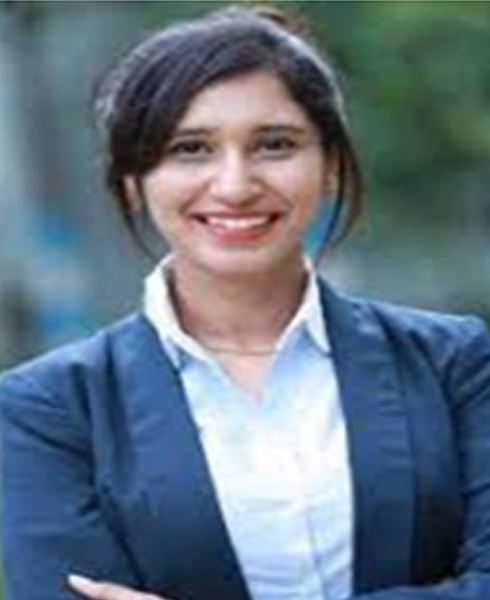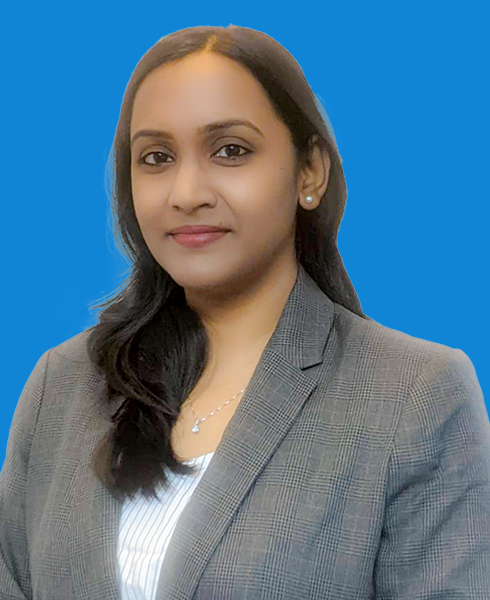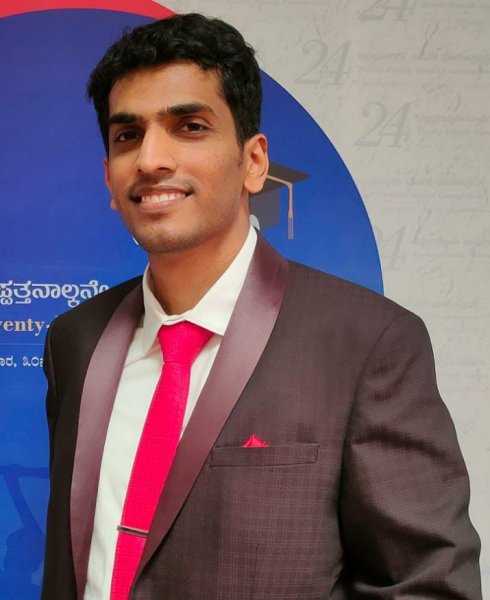
Cura Hospitals - Kammanahalli
With Appointment

She specializes in aesthetic surgeries like liposuction, body contouring, breast augmentation and reduction, rhinoplasty (nose correction), female genital rejuvenation, scar corrections etc, and reconstructive surgeries like trauma, hand injuries, complex wound reconstructions, diabetic foot management, birth defects, cancer reconstruction and burns management ( acute care and deformity correction).
Cura Hospitals - Kanakapura Road
5PM TO 6PM

Aesthetic surgeries like liposuction, gynecomastia surgery, abdominoplasty, scar revision, breast augmentation and reduction, rhinoplasty (nose deformity correction), fillers, botox, and reconstructive surgeries like trauma, hand injuries, tendon/ nerve repairs, cancer reconstruction/ mucor reconstruction, complex wound reconstructions, facial fractures, hand fractures fixation, diabetic foot management, bed sore reconstruction, birth defects like cleft lip, cleft palate, fused fingers (syndactyly) and burns management (acute care and deformity/ contracture correction) and many more surgeries.
Cura Hospitals - Kanakapura Road
5PM TO 6PM(MON,WED,FRI)
Plastic surgery is the most ancient surgical field that aims at restoring and reconstructing certain body parts. Plastic surgery is classified under two heads:
Reconstructive Surgery: Plastic surgeons perform reconstructive surgery to rectify the functional impairments caused by burns, accidents, traumatic injuries, congenital abnormalities like cleft palate, syndactyly, polydactyly, infection and diseases, cancer and tumour. Some common reconstructive surgeries are: removal of tumour, laceration repair, and scar revision, rectification of congenital malformations of the upper extremities, peripheral nerve problems such as brachial plexus injuries or carpal tunnel syndrome and breast reduction plasty.
Craniofacial Surgery: Adult craniofacial surgery includes surgeries of fracture and Orthognathic surgery. Paediatric craniofacial surgery is done to rectify congenital anomalies.
Microsurgery: Microsurgery involves the reconstruction of missing tissues by transferring a piece of tissue to the reconstruction site and reconnecting blood vessels. It is done for breast reconstruction, head and neck reconstruction.
Paediatric Plastic Surgery: Children often born with certain anomalies which can be rectified by paediatric plastic surgeons. Congenital anomalies like cleft palate, cleft lip, syndactyly (webbing of the fingers and toes), polydactyly (excess fingers in hand and toe), and hand deformities can be rectified at an early stage through plastic surgery.
Cosmetic Surgery: Surgery done to rectify certain body defects is called cosmetic surgery and is primarily done to improve the look and appearance of a person.
Hair Transplantation is a surgical procedure that helps grow hair in bald parts of the body. In this procedure, hair follicle from one part of the body known as ‘donor site’ is taken to graft it at a bald part known as ‘recipient site’. Usually, hair follicle which is genetically resistant to bald is transplanted. Hair transplantation is also done to restore eyelashes, eyebrows, beard hair, and to fill in scar caused by accidents. Modern hair transplantation procedure helps to restore the original hair growth.
Before starting hair transplantation, the surgeon judges the patient’s condition thoroughly. Analysing the condition of the scalp, the number of sittings required for hair transplantation is decided. Pre-operatively the hair follicle density of the patient is checked.
In the next step, harvesting of hair is done. The surgeon uses local anaesthesia to carry out the procedure. The donor hair is harvested in two methods:
Of these two methods, FUE is time consuming. However, the procedure offers greater accuracy compared to Strict Excision Harvesting.
Post-operative care is essential for hair transplantation. The part of the scalp that is grafted must be protected from the sun rays and shampooing is started after the second day of transplantation. The scalp must be protected from dust so no scab can be formed around the new hair shaft.
Initially, after transplantation some hair shaft may fall out under the effect of relocation. This is called ‘shock loss.’ But new hair starts growing within two to three months of transplantation.
CURA has a wonderful State-of-the-Art skin clinic where the surgeons successfully perform hair transplantation procedure. We at CURA boast of high success rate of hair transplantation and we owe it to our doctors truly.
Copyright © 2024. All Rights Reserved